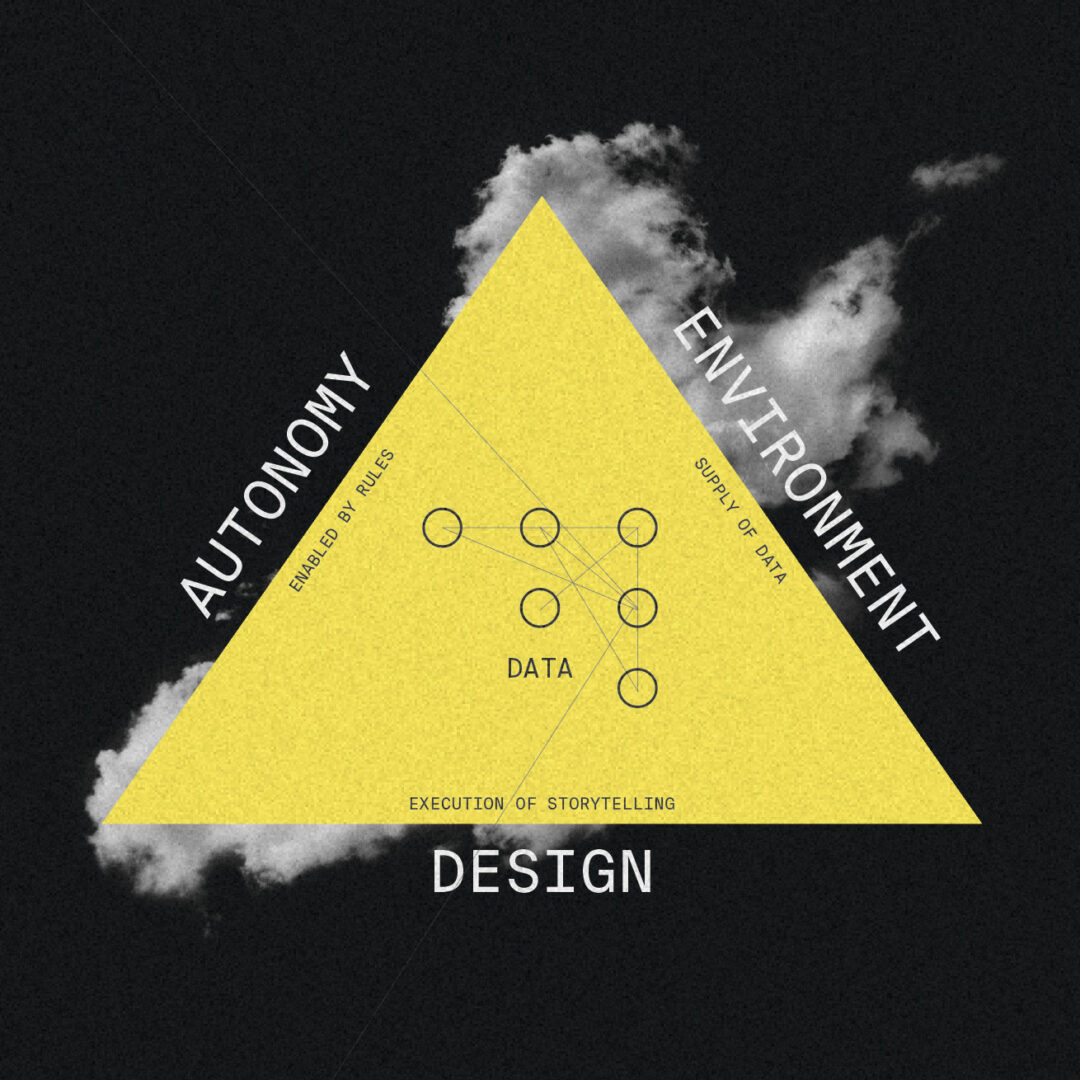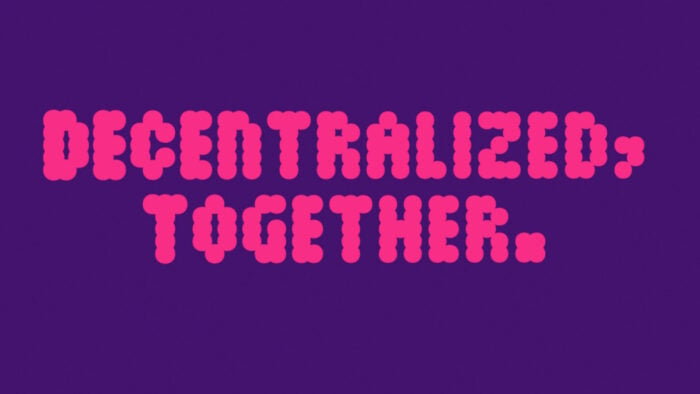Map of relevant entites and relationships
{
“nodes”: [
{“id”: 1, “label”: “Dynamic Identities”, “title”: “Brands or identities that evolve over time using computational methods.”},
{“id”: 2, “label”: “Computational Thinking”, “title”: “A problem-solving process that includes understanding human behavior through the lens of computer science.”},
{“id”: 3, “label”: “Generative Branding”, “title”: “The application of algorithms to create variations of brand elements in real-time.”},
{“id”: 4, “label”: “Co-Creation”, “title”: “A collaborative and inclusive approach that involves stakeholders in the branding process.”},
{“id”: 5, “label”: “Brand Identity”, “title”: “The visible elements of a brand, such as color, design, and logo, that identify and distinguish the brand in consumers’ minds.”},
{“id”: 6, “label”: “Audience Engagement”, “title”: “The degree to which an audience is involved with a brand’s content or experiences.”},
{“id”: 7, “label”: “Systemic Design”, “title”: “A design approach that integrates complex systems thinking into the process of designing solutions.”},
{“id”: 8, “label”: “Narrative Techniques”, “title”: “Methods used in storytelling to convey messages and engage audiences effectively.”}
],
“edges”: [
{“from”: 2, “to”: 1, “label”: “enables”, “arrows”: “to”},
{“from”: 1, “to”: 3, “label”: “applied through”, “arrows”: “to”},
{“from”: 2, “to”: 3, “label”: “underpins”, “arrows”: “to”},
{“from”: 4, “to”: 1, “label”: “enhances”, “arrows”: “to”},
{“from”: 4, “to”: 3, “label”: “integrates with”, “arrows”: “to”},
{“from”: 5, “to”: 1, “label”: “evolves into”, “arrows”: “to”},
{“from”: 1, “to”: 6, “label”: “increases”, “arrows”: “to”},
{“from”: 7, “to”: 5, “label”: “informs”, “arrows”: “to”},
{“from”: 8, “to”: 6, “label”: “enhances”, “arrows”: “to”},
{“from”: 7, “to”: 2, “label”: “relies on”, “arrows”: “to”},
{“from”: 7, “to”: 3, “label”: “applies”, “arrows”: “to”},
{“from”: 8, “to”: 1, “label”: “shapes”, “arrows”: “to”}
]
}
This map is interactive.
Hover over elements to learn more. Click-and-drag elements to move them around.


















